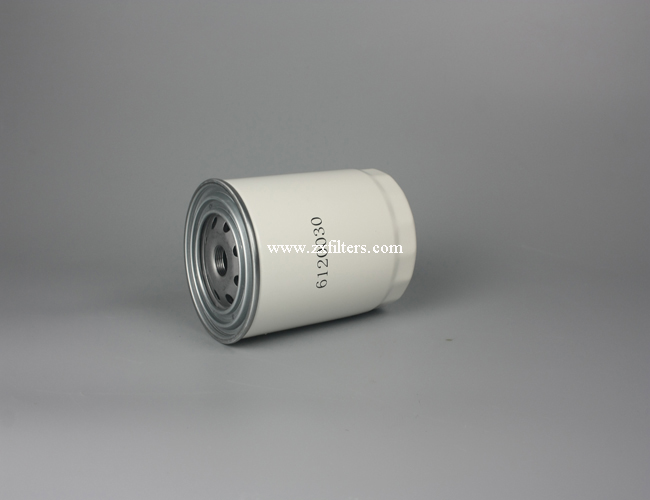Welcome to visit Xinxiang Zhongxin Hydraulic Technology Co., Ltd. !
- Phone:0086-158 3617 7527
- Email:[email protected]
Welcome to visit Xinxiang Zhongxin Hydraulic Technology Co., Ltd. !
A complete hydraulic system consists of five parts, namely power components, execute components, control components, auxiliary components (accessories) and hydraulic oil.
Hydraulic systems can be divided into two categories: hydraulic transmission systems and hydraulic control systems. The main function of the hydraulic transmission system is to transmit power and motion. The hydraulic control system needs to make the output of the hydraulic system meet specific performance requirements (especially dynamic performance). The hydraulic system generally refers to the hydraulic transmission system.
Power components
The function of the power component is to convert the mechanical energy of the prime mover into the pressure energy of the liquid, which refers to the oil pump in the hydraulic system, which provides power to the entire hydraulic system. The structural forms of hydraulic pumps generally include gear pumps, vane pumps, plunger pumps and screw pumps.
Execute components
The role of the execute components (such as hydraulic cylinders and hydraulic motors) is to convert the pressure energy of the liquid into mechanical energy, and drive the load for linear reciprocating or rotary motion.
Control components
The control components (that is, various hydraulic valves) control and regulate the pressure, flow and direction of the fluid in the hydraulic system. According to different control functions, hydraulic valves can be divided into pressure control valves, flow control valves and directional control valves. Pressure control valves include relief valves (safety valves), pressure reducing valves, sequence valves, pressure relays, etc.; flow control valves include throttle valves, regulating valves, diversion and flow collection valves, etc.; directional control valves include check valves, hydraulic control check valves, shuttle valves, reversing valves, etc. According to different control methods, hydraulic valves can be divided into on-off control valves, fixed value control valves and proportional control valves.
Auxiliary components
Auxiliary components include oil tanks, oil filters, coolers, heaters, accumulators, oil pipes and pipe joints, sealing rings, quick-change joints, high-pressure ball valves, rubber hose assemblies, pressure test joints, pressure gauges, oil level gauges, oil temperature gauges, etc.
Working oil
Hydraulic oil is the working medium for transferring energy in the hydraulic system. There are several types of mineral oil, emulsion and synthetic hydraulic oil.
